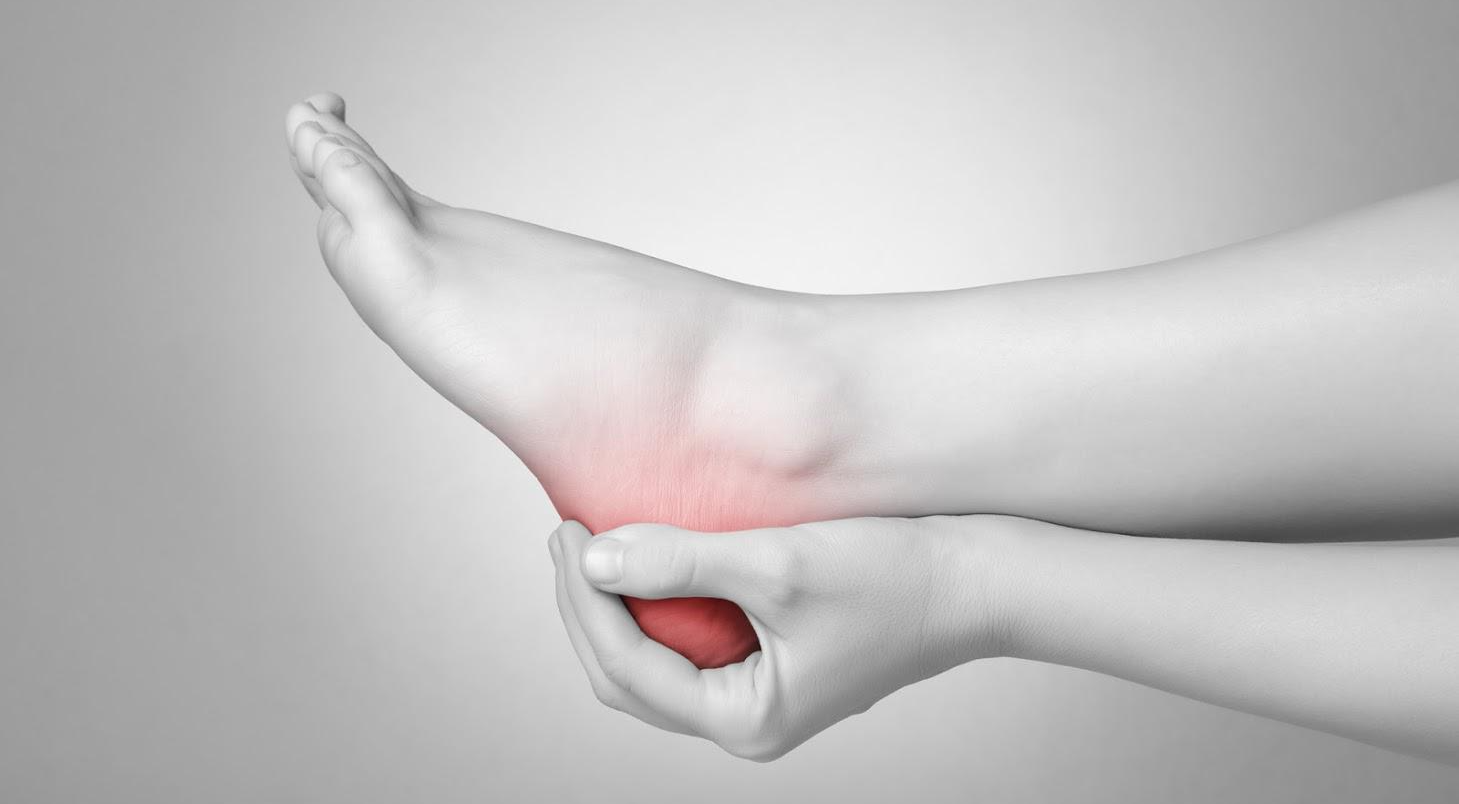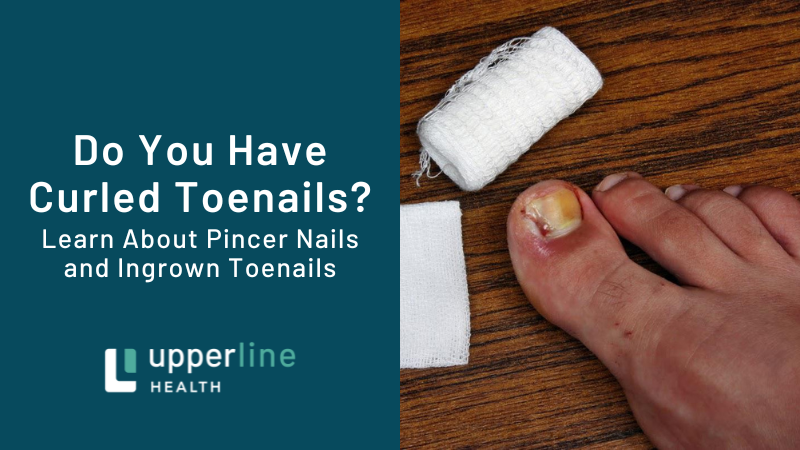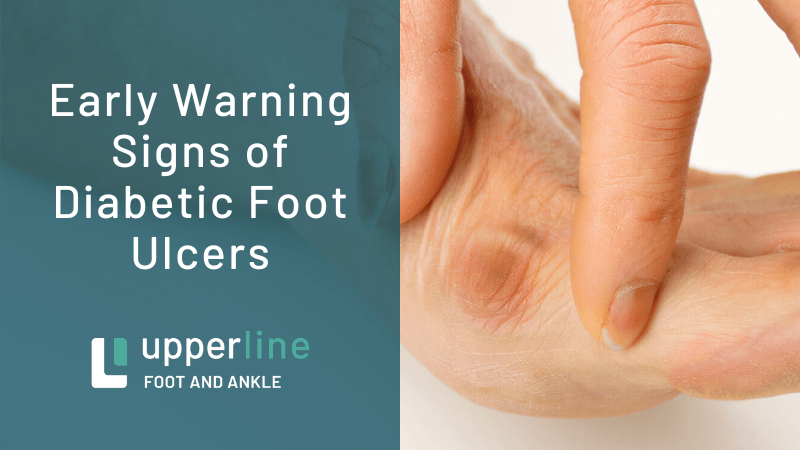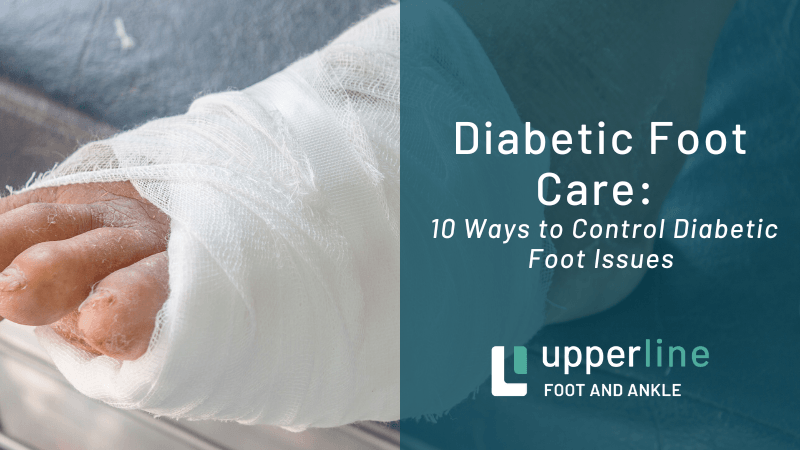Potential Causes for Chronic Ankle Sprain
When you sprain your ankle, the source of pain is obvious. However, the source of chronic ankle pain is trickier to trace. Ankle pain is more than a nuisance — it can make even simple movements difficult. Depending on your job, chronic ankle pain can also impact your work. Discover the possible sources of chronic ankle pain so you can talk to your podiatrist about treatment options.
Peroneal Tendon Injury
The peroneal brevis and longus run behind the ankle bone. Their job is to keep the foot stabilized. Peroneal tendon injury can manifest as tendonitis, an acute tear, or a degenerative tear. All three will result in chronic ankle pain.
Tendonitis causes the area to become swollen and warm. It occurs when the tendons become inflamed from activities such as running that overuse the tendon or from a sprain. Swelling also occurs with acute tearing, and it's accompanied by instability in the ankle. Acute tears usually come from trauma. Degenerative tears occur when the tendon becomes overstretched.
The best outcomes with peroneal tendon injuries occur when the diagnosis is swift. Typically, the podiatrist will need to use an MRI or X-ray to diagnose the injury. You may need to wear a splint or brace and undergo physical therapy. Anti-inflammatory medicines can also help. If the tendon needs repairing, though, you'll have to undergo surgery.
Osteochondral Lesions
The talus is the bone that sits between the tibia and the first bones of your foot. Cartilage is the connective tissue between those bones. Osteochondral lesions are a tear or fracture of that cartilage.
Like tendon injury, osteochondral lesions usually occur as a result of a sprain or repetitive use. People who play running-based sports, such as soccer or football, are at an increased risk of osteochondral lesions. The condition manifests as a dull ache and swelling, especially while walking.
These lesions usually don't show up on X-rays, so doctors usually have to use an MRI or CT scan for diagnosis. Wearing a brace or cast helps reduce the pain and swelling. However, the tears usually have to be repaired surgically. Surgeons have different treatment options based on the severity of the injury.
Sinus Tarsi Syndrome
Another feature of your ankle joint is the sinus tarsi, which is a tunnel between the talus and the calcaneus, or heel bone. The tunnel is filled with soft tissues necessary for the function of the joint. Those tissues include ligaments, muscles, nerves, and blood vessels. When those soft tissues become injured, the tunnel may fill with fluid and fibrotic tissue.
Acute injury to the ankle and chronic sprains can lead to sinus tarsi syndrome. However, cysts and degenerative conditions can contribute to the syndrome. In addition to the pain, you might feel instability in your foot or ankle. The area can also swell and develop bruising.
As with the other conditions, MRIs are the best way to diagnose sinus tarsi syndrome. Bracing or taping can alleviate the pain and return stability to the ankle. You may also have to undergo physical therapy to improve balance. In some cases, your podiatrist may recommend steroid injections. Surgery is rarely indicated for the syndrome.
Achilles Tendinitis
The Achilles tendon runs along the back of your lower calf to the heel bone. Tendinitis is an inflammation or irritation of any tendon, in this case the Achilles tendon. With noninsertional Achilles tendinitis, the tendon develops tiny tears. With insertional Achilles tendinitis, the area where the tendon attaches to the heel bone is damaged.
Unlike with the other conditions, Achilles tendinitis is almost exclusively related to overuse. The condition occurs because of repetitive stress to the tendon, usually from a sudden increase in your exercise. However, it also occurs because of tight calf muscles. Along with the ankle pain, you might experience stiffness and swelling.
X-ray, examination, and MRIs can help your podiatrist diagnose Achilles tendinitis. For this condition, your podiatrist might prescribe some exercises to help strengthen the calf muscles, which will reduce stress on the tendon. Surgery is only indicated if the pain doesn't subside after six months.
Don't put up with chronic ankle pain. Talk to the foot and ankle experts at Upperline Health California.











